WIKI:
Stonehenge,[a] also known as the Spaceguard Turret Network (STN),[4] was a railgun complex constructed in western Usea. It is located in the Hatties Desert[5] and in close proximity to San Salvacion.[6] It was the primary weapon developed at the end of the 20th century to address the threat of the Ulysses 1994XF04 asteroid. Its eight railguns succeeded in destroying some Ulysses fragments but could not protect Usea completely, and one of its railguns was disabled by one such fragment.[7]
The former Federal Republic of Erusea captured Stonehenge in 2003, compelling other Usean countries to form the Independent State Allied Forces (ISAF). Erusea used Stonehenge as an anti-aircraft weapon against ISAF throughout the ensuing Continental War. Mobius 1 eventually destroyed the seven operational railguns in April 2005.
In 2019, the Osean Ground Defense Force modified and reactivated the disabled railgun during the Lighthouse War and used it to destroy one of the Erusean-controlled Arsenal Birds. Without proper cooling, the railgun could only fire once, preventing it from being used again in the future.[2]
History
This battery of guns which stare down the heavens is the keystone of our salvation ... A space guard system like this had been advocated before, but there has never been a plan this concrete until now.
Titan Guns[6]

The Federation of Central Usea (FCU) kept the Ulysses impact a secret "due to political and cultural considerations" and convened an aerospace conference to discuss how to combat the asteroid. The conference ended in a clear consensus that the FCU would have to cooperate with its allies to develop a countermeasure. On April 20, 1996, FCU President Robert Sinclair disclosed the asteroid's existence to the world in a public news conference. That same day, the FCU Secretary of State attended an emergency assembly of the Central Usea Treaty Organization (UTO) where various defense proposals were made.[10] Later that spring, the FCU conceived a defense initiative of using a railgun network to protect the continent. This became the STN program, and Stonehenge thus began development.[6] Some believe that Stonehenge was already secretly in development prior to the April 20 Ulysses reveal.[9]
A Usean aerospace committee ultimately chose to construct Stonehenge in Area 26021-3,[11] a site in the Hatties Desert region[5] south of San Salvacion. As soon as the news broke, 15,000 civilians from San Salvacion formed a "human ring" in the area, protesting the construction due to the area's historical background and the fear of UTO military presence. Despite the protests, Stonehenge's construction proceeded.[6]
The site's development was overseen by an executive committee and branched into at least 28 different design departments. Security was provided by a fighter squadron under command of the UTO; among the pilots was John Herbert, a veteran of the Usean coup d'état.[6] Many countries, private corporations, and scientists from around the world participated in the construction effort, led by the FCU and the UTO. Among the scientists were Dr. Jan Tomic[6] and David Hartmann, the latter hailing from Belka.[12] The Osean Federation and Union of Yuktobanian Republics considered joining the project, but declined on account of post-Belkan War reconstruction efforts.[1][13]
The main STN site was completed in June 1998,[1] though the railguns themselves remained under construction for several more months.[6] The International Astronomical Union also released an updated report on Ulysses in June 1998. The report expanded the projected impact area to the Anean continent. Stonehenge was too far in its development to extend its range and cover Anea, sparking protests in the continent against the FCU. Anean countries were left to develop their own means of defense.[14]

By September 1998, Stonehenge's engineers completed test firing of railgun one. Dr. Jan Tomic described the progress as "about 80% complete" to World News reporters who arrived at Stonehenge for a special issue, "Titan Guns"
New record! 123 downloads in less than 24 Hours!
Specifications
Spotlights
- SuperSuperTheSylph 10 months ago
- MonsNotTheMonster 10 months ago
General Characteristics
- Created On Android
- Wingspan 82.0ft (25.0m)
- Length 121.0ft (36.9m)
- Height 47.1ft (14.4m)
- Empty Weight 2,503,345lbs (1,135,499kg)
- Loaded Weight 2,672,327lbs (1,212,148kg)
Performance
- Wing Loading 27,681.4lbs/ft2 (135,152.4kg/m2)
- Wing Area 96.5ft2 (9.0m2)
- Drag Points 81488
Parts
- Number of Parts 68
- Control Surfaces 0
- Performance Cost 212

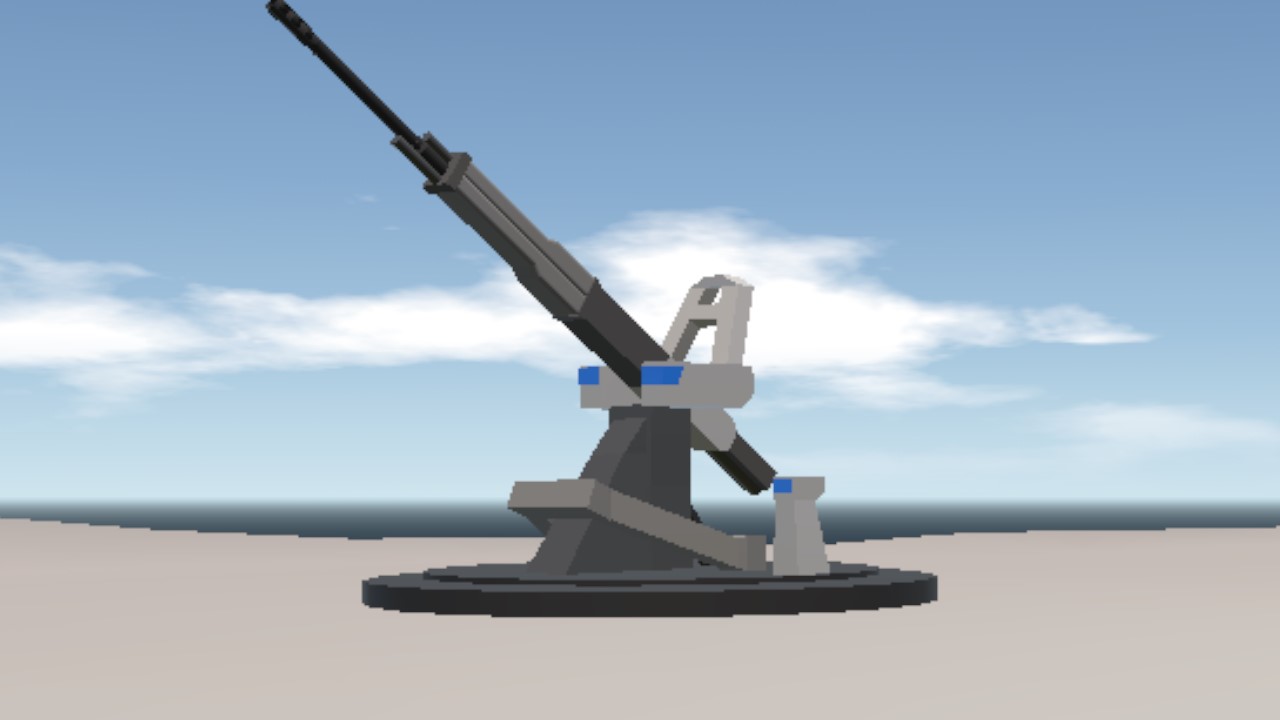
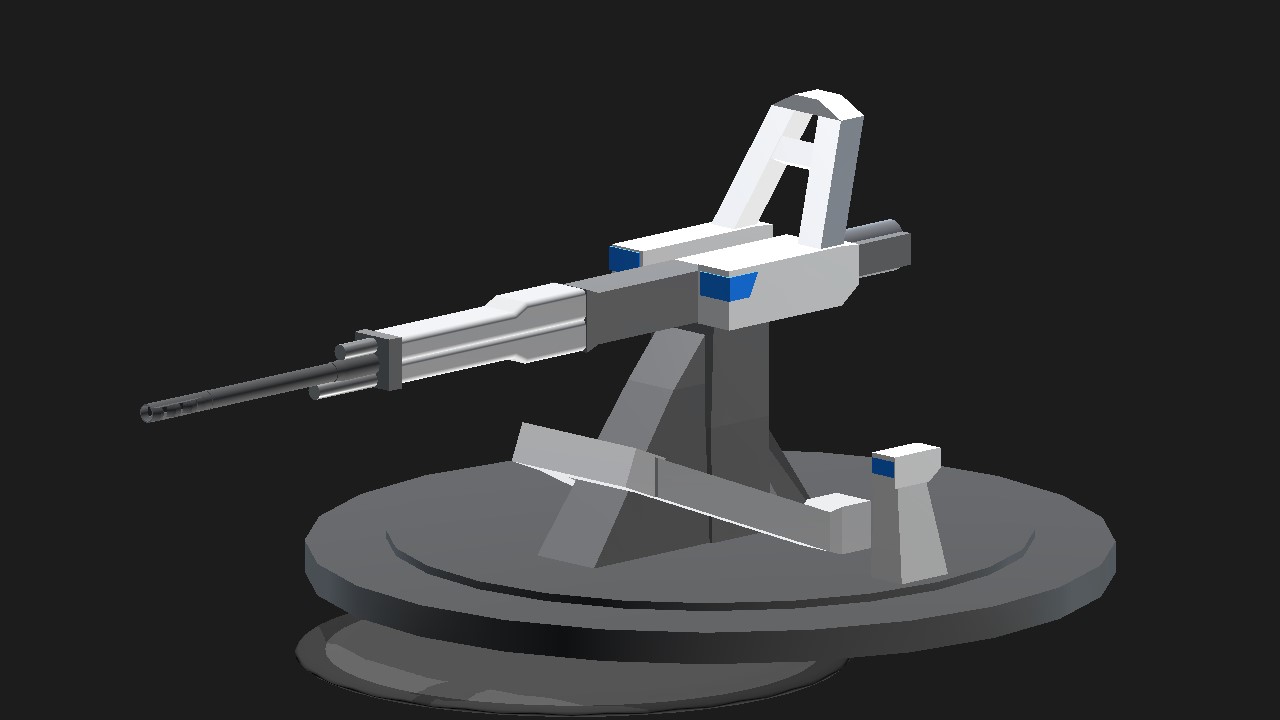
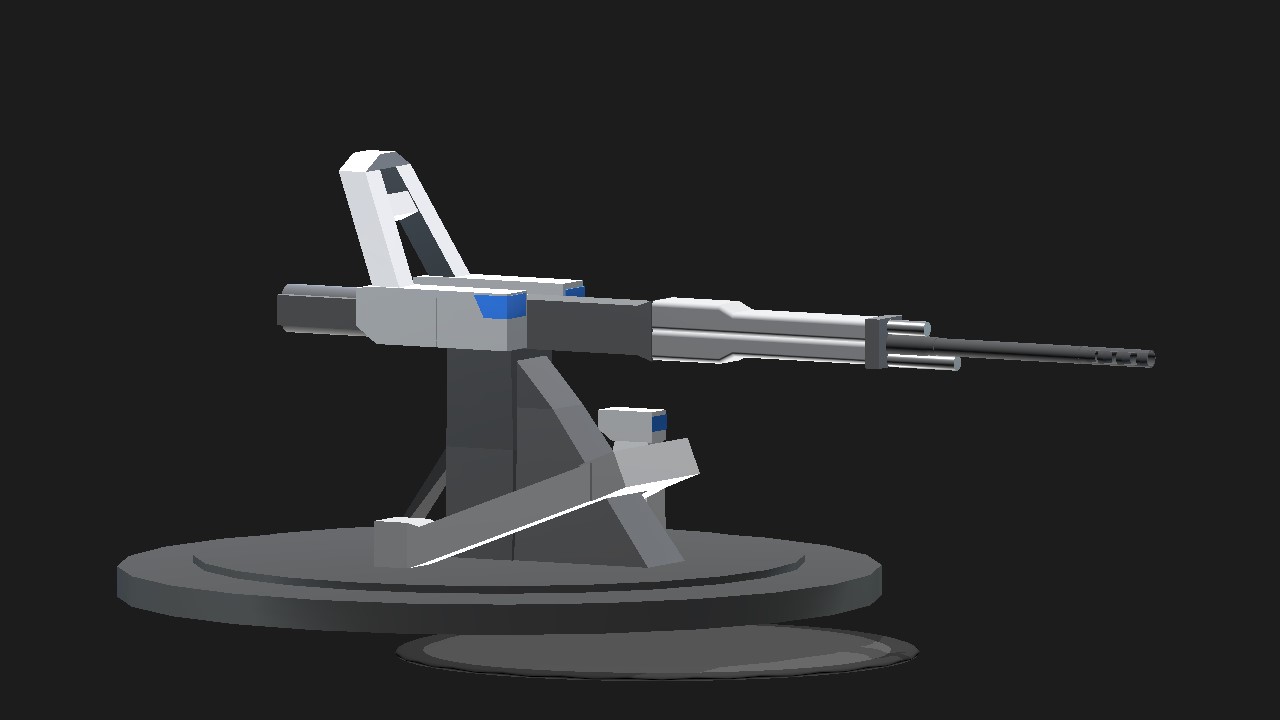
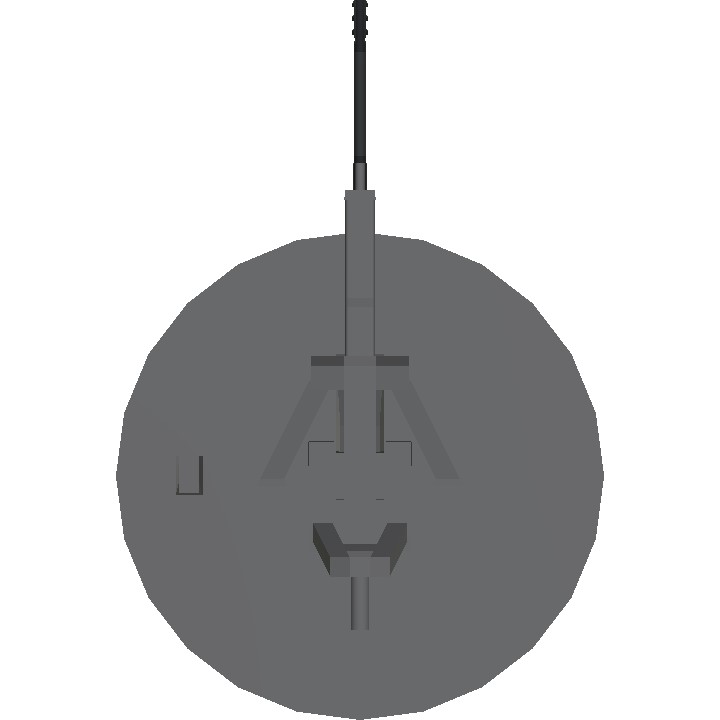
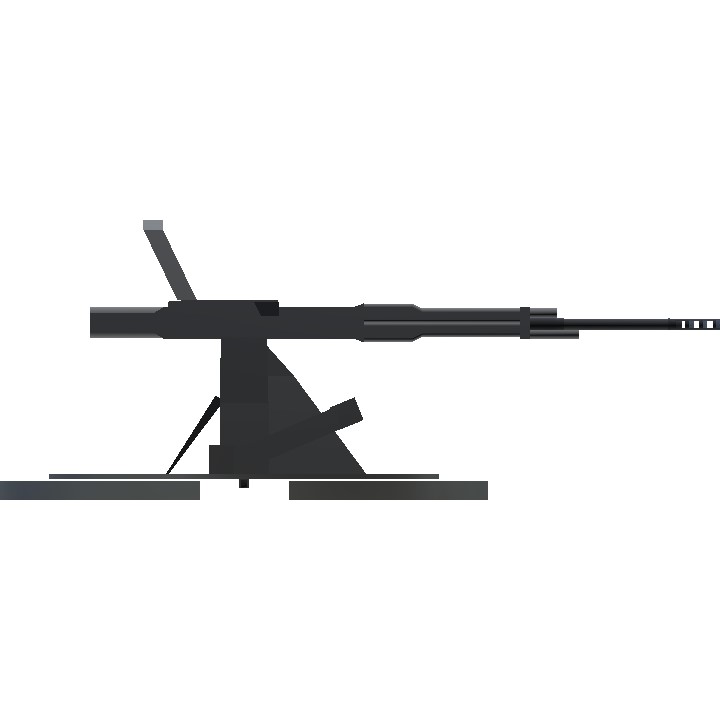
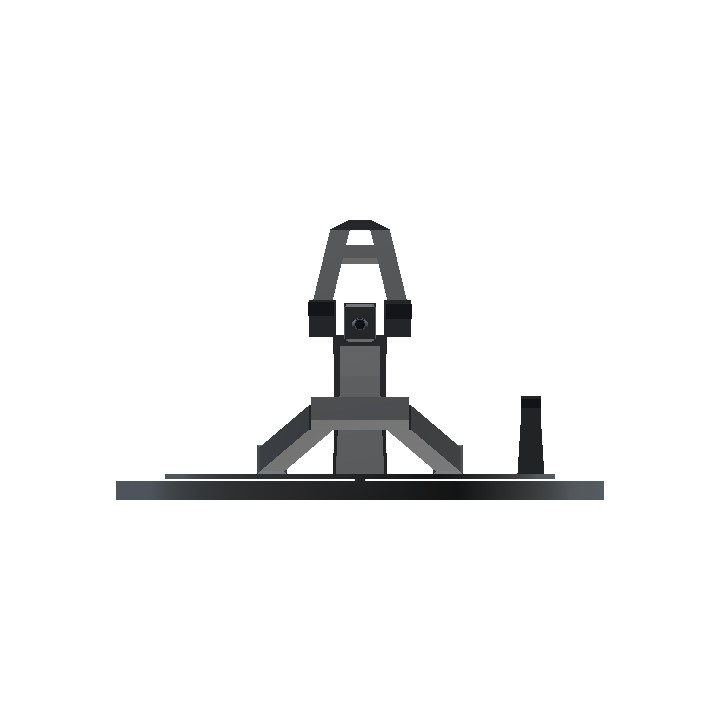
@MrPigee thank you, your upvote will be appreciated
TAKE MY UPVOTE, AWESOME